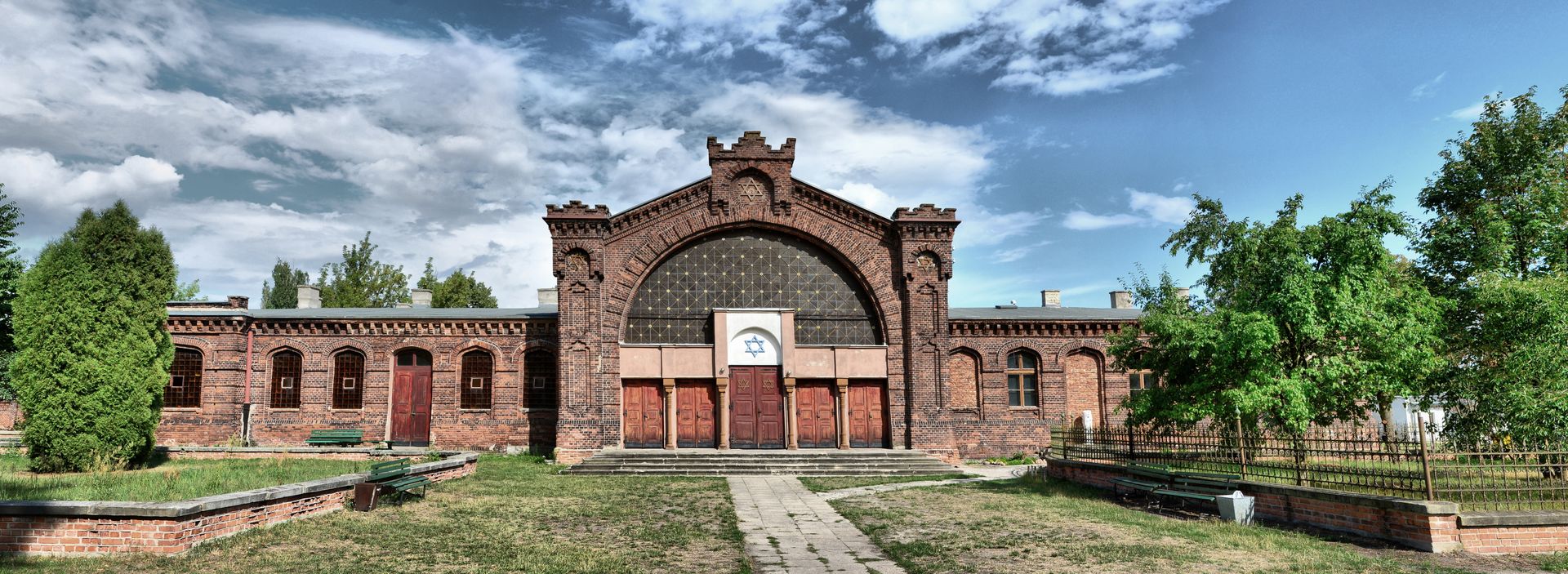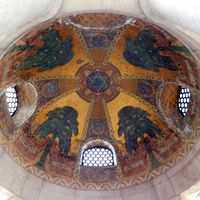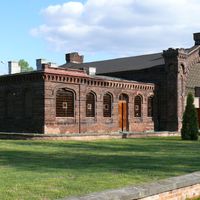The New Jewish Cemetery in Łódź
6.22

Overview
The Jewish Cemetery in Łódź, established in 1892, is the largest Jewish necropolis in Poland by area, covering 42 hectares. Located in the Bałuty district, between Bracka, Zagajnikowa, Zmienna, and Inflancka streets, it holds over 230,000 burials, including 45,000 victims of the Łódź Ghetto. The cemetery consists of two sections: the pre-burial area and the burial grounds, with facilities for the ritual preparation of the deceased. In 1896, the largest funeral home in Poland was built here, and the cemetery opened following the closure of the older cemetery on Wesoła Street. During the interwar period, the name of the street leading to the cemetery was changed, and under German occupation, the site became a location for mass burials of ghetto victims. After the war, a monument to Holocaust victims was erected, and in 1980, the cemetery was added to the register of historical monuments. It is notable for its funerary architecture, dominated by matzevot (tombstones) and the tombs of prominent Łódź industrialists, such as Izrael Poznański, as well as graves of well-known figures like Julian Tuwim and Artur Rubinstein. In 2014, the story of Róża Deweltow, a Jewish doctor in the Red Army, was uncovered, surprising many visitors. The cemetery also contains over 600 buried Sinti and Roma, victims of World War II. Additionally, it serves as a biologically active area with extensive old-growth trees, contributing to its unique character. Conservation efforts have intensified since the 1990s, and a natural inventory was conducted in 2019. The cemetery remains a place of memory and reverence, connecting the history of Łódź's Jewish community with the remembrance of the tragedies of World War II.
Location
Tickets
Powered by GetYourGuide
You can also find here:
2025 Wizytor | All Rights Reserved

